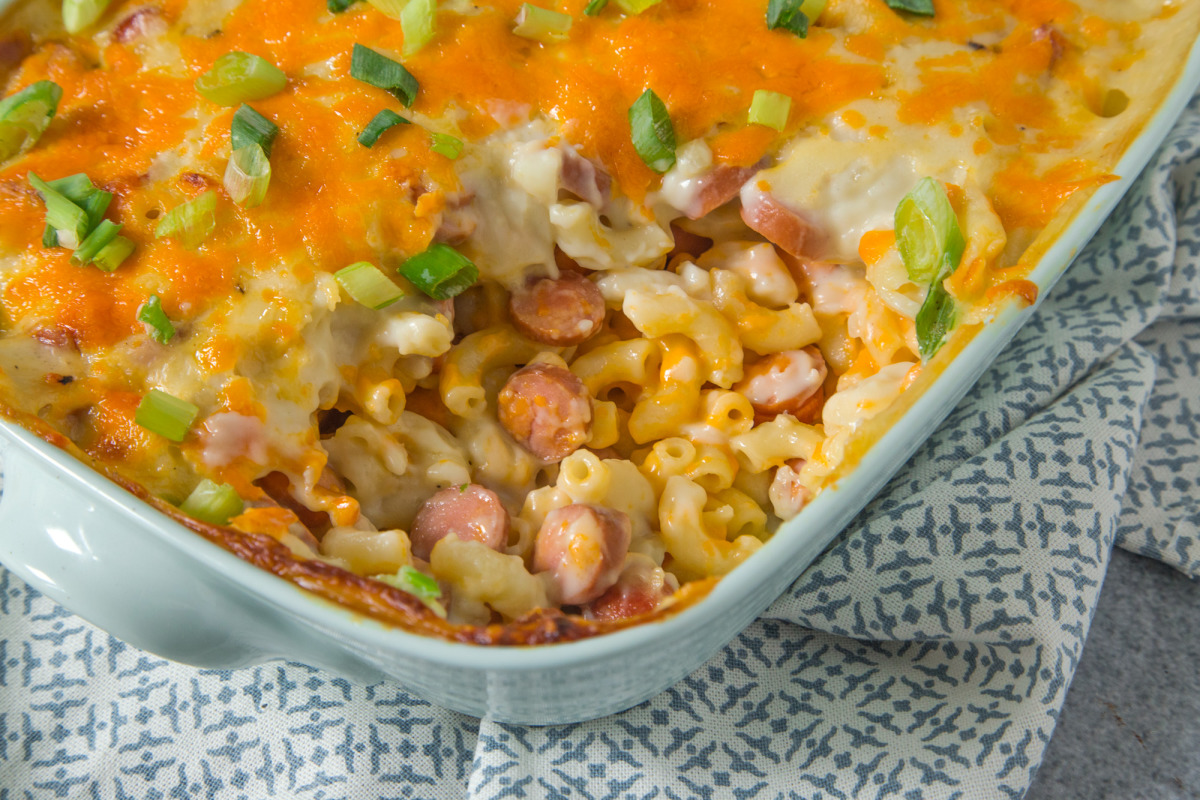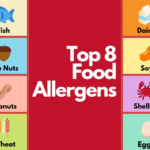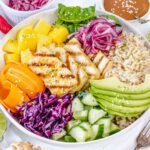Imagine a casserole, bubbling and golden-brown, its aroma a symphony of savory spices and comforting warmth. Now, imagine that same irresistible dish, crafted with meticulous care to be completely free of common allergens. This isn’t a compromise; it’s an elevation. This guide unveils the secrets to creating allergen-free casseroles that not only meet dietary needs but surpass expectations, delivering textures and flavors that are luxuriously indulgent.
We’ll explore the fundamentals of allergen-free cooking, from understanding substitutions for common allergens like dairy, gluten, and nuts to mastering techniques that deliver rich, creamy textures and visually stunning results. We’ll delve into building flavor profiles that are both sophisticated and satisfying, utilizing herbs, spices, and flavorful broths to create depth and complexity. Finally, we’ll provide a detailed, step-by-step recipe for an allergen-free chicken and vegetable casserole, along with strategies for adapting your favorite recipes to be completely allergen-free, ensuring everyone can enjoy the comforting magic of a perfectly crafted casserole.
Recipe Development

This section details the creation of a delicious and indulgent chicken and vegetable casserole, carefully formulated to be free from the top 8 allergens: milk, eggs, peanuts, tree nuts, soy, wheat, fish, and shellfish. The recipe emphasizes fresh, vibrant ingredients and simple techniques to achieve a satisfying and flavorful result. Each step is clearly Artikeld to ensure a smooth and successful cooking experience.
Allergen-Free Chicken and Vegetable Casserole Recipe
This recipe provides a hearty and flavorful casserole, perfect for a family dinner or a potluck gathering. The vibrant colors of the vegetables contrast beautifully with the tender chicken, creating a visually appealing dish. The creamy texture, achieved without dairy, is surprisingly rich and satisfying.
Ingredients
A carefully curated selection of ingredients ensures this casserole is both delicious and free from the top 8 allergens. The starches provide a comforting base, while the herbs and spices add depth of flavor. The chicken is the protein powerhouse, while the vegetables offer a delightful array of textures and nutrients.
- 1.5 lbs boneless, skinless chicken breasts, cut into 1-inch cubes
- 1 large onion, chopped
- 2 carrots, peeled and diced
- 2 celery stalks, diced
- 1 cup broccoli florets
- 1 cup cauliflower florets
- 1 (14.5 ounce) can diced tomatoes, undrained
- 1 cup gluten-free chicken broth
- 1/2 cup tapioca starch (or arrowroot powder)
- 2 tablespoons olive oil
- 1 teaspoon dried thyme
- 1 teaspoon dried rosemary
- 1/2 teaspoon garlic powder
- Salt and pepper to taste
Instructions
This step-by-step guide ensures a flawlessly prepared casserole, even for novice cooks. The instructions are clear, concise, and easy to follow, guaranteeing a successful outcome. Remember to preheat your oven to 375°F (190°C) before beginning.
- In a large oven-safe skillet or casserole dish, heat olive oil over medium-high heat. Add chicken and cook until browned on all sides, about 5-7 minutes. Remove chicken from skillet and set aside.
- Add onion, carrots, and celery to the skillet and cook until softened, about 5-7 minutes. Add broccoli and cauliflower and cook for another 3-5 minutes, until slightly tender-crisp.
- Stir in diced tomatoes (undrained), gluten-free chicken broth, tapioca starch, thyme, rosemary, garlic powder, salt, and pepper. Bring to a simmer, stirring constantly until the sauce thickens slightly.
- Return the chicken to the skillet. Stir to combine everything evenly.
- Cover the skillet and bake in the preheated oven for 25-30 minutes, or until the chicken is cooked through and the vegetables are tender.
Serving Suggestions
This casserole is a complete meal on its own, but a few simple additions can elevate it further. Consider serving it alongside a simple green salad for a balanced and visually appealing meal. The warm, comforting flavors pair well with a variety of sides.
- Serve hot, garnished with fresh parsley (optional).
- Pair with a simple green salad for a complete meal.
- Serve with a side of gluten-free bread or rolls.
Creating truly indulgent allergen-free casseroles is achievable, a testament to the power of culinary creativity and careful planning. By understanding allergen substitutions, mastering flavor-building techniques, and focusing on achieving appealing textures and appearances, you can transform your kitchen into a haven of delicious and inclusive meals. This guide provides not just recipes but a foundation for confident allergen-free cooking, empowering you to craft dishes that are both safe and sensationally delicious, delighting yourself and your guests with every bite.
Question Bank
What are the best ways to store leftover allergen-free casseroles?
Allow the casserole to cool completely before storing it in an airtight container in the refrigerator for up to 3-4 days. For longer storage, freeze in a freezer-safe container for up to 2-3 months.
Can I make an allergen-free casserole ahead of time?
Many allergen-free casseroles can be made ahead of time. Assemble the casserole according to the recipe instructions, but hold off on baking until just before serving. Alternatively, you can bake it completely ahead of time and reheat it gently before serving.
How can I ensure my casserole remains moist and doesn’t dry out?
Use enough liquid in your recipe, and consider adding a layer of moisture-retaining ingredients like vegetables or a sauce on the bottom. Covering the casserole with foil during baking can also help retain moisture.
Are there any specific tools or equipment needed for making allergen-free casseroles?
While not strictly necessary, having a good quality food processor or blender can be helpful for creating smooth sauces or purees. Using separate cutting boards and utensils for allergen-free ingredients is also crucial to prevent cross-contamination.


